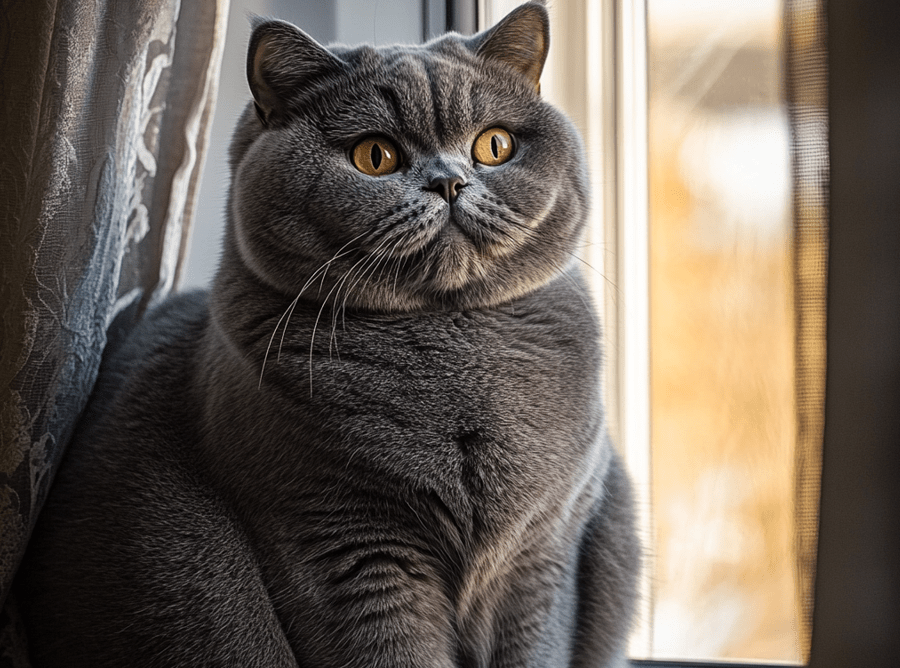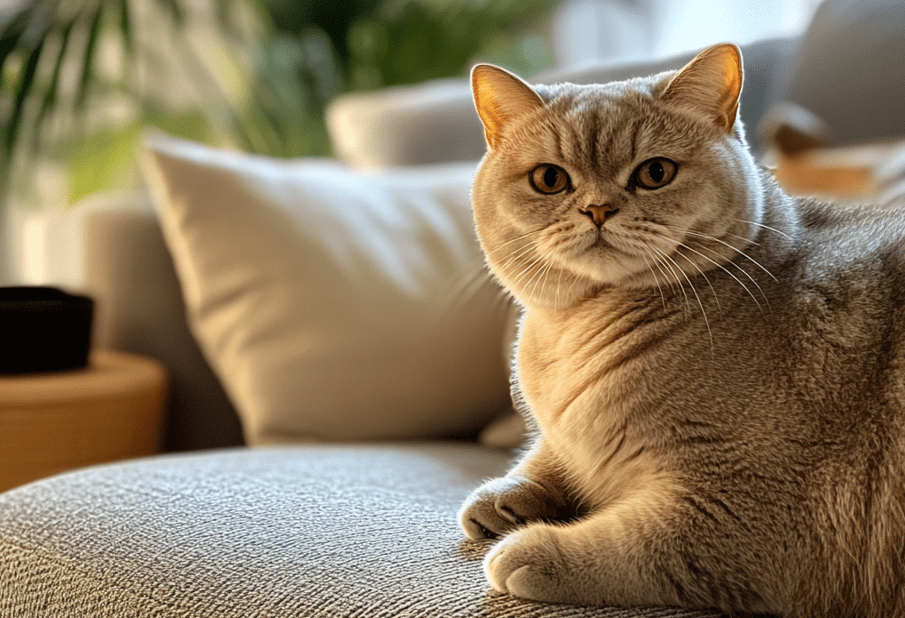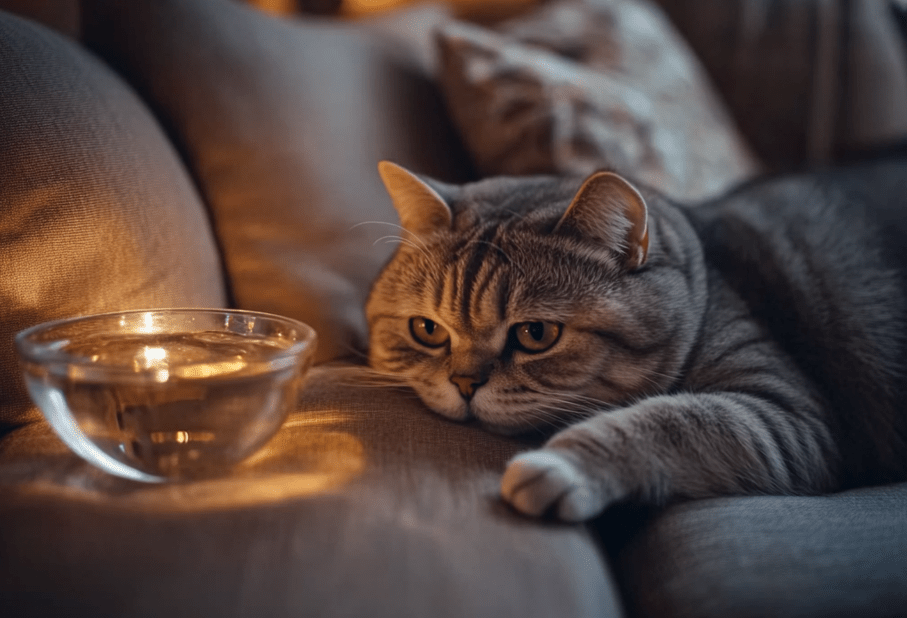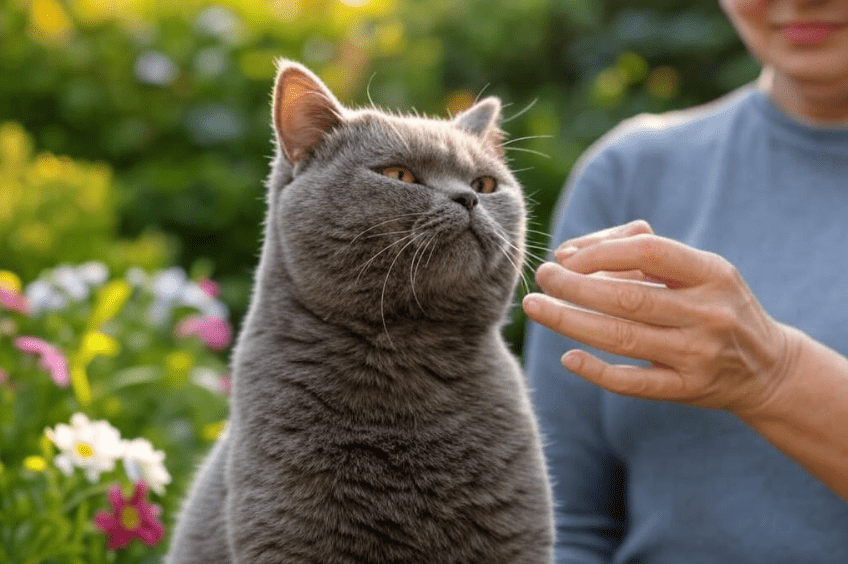
Choosing between wet vs. dry food for British Shorthairs is a critical decision for pet owners who want to ensure their feline companions thrive. British Shorthairs, known for their sturdy build, plush coats, and calm demeanor, have unique nutritional needs that influence whether wet food, dry food, or a combination is best. This comprehensive guide explores the pros and cons of both options, offering insights into how each affects your British Shorthair’s health, hydration, weight management, and overall well-being.
Understanding the Nutritional Needs of British Shorthairs
British Shorthairs are a medium-to-large breed with a tendency to gain weight if their diet isn’t carefully managed. Their nutritional requirements include:
High-quality protein: Essential for muscle maintenance and energy.
Moderate fat: Supports energy needs without contributing to obesity.
Low carbohydrates: Prevents weight gain and supports digestive health.
Adequate hydration: Crucial for urinary tract health, as British Shorthairs are prone to urinary issues like cystitis.
Balanced vitamins and minerals: Supports coat health, immunity, and bone structure.
Both wet and dry food can meet these needs, but their composition, texture, and delivery differ significantly. Let’s dive into the specifics of each option.
What Is Wet Food?
Wet food, often sold in cans, pouches, or trays, has a high moisture content (typically 70-80%). It comes in various forms, such as pate, chunks in gravy, or shredded meat, and is formulated to provide complete nutrition for cats.
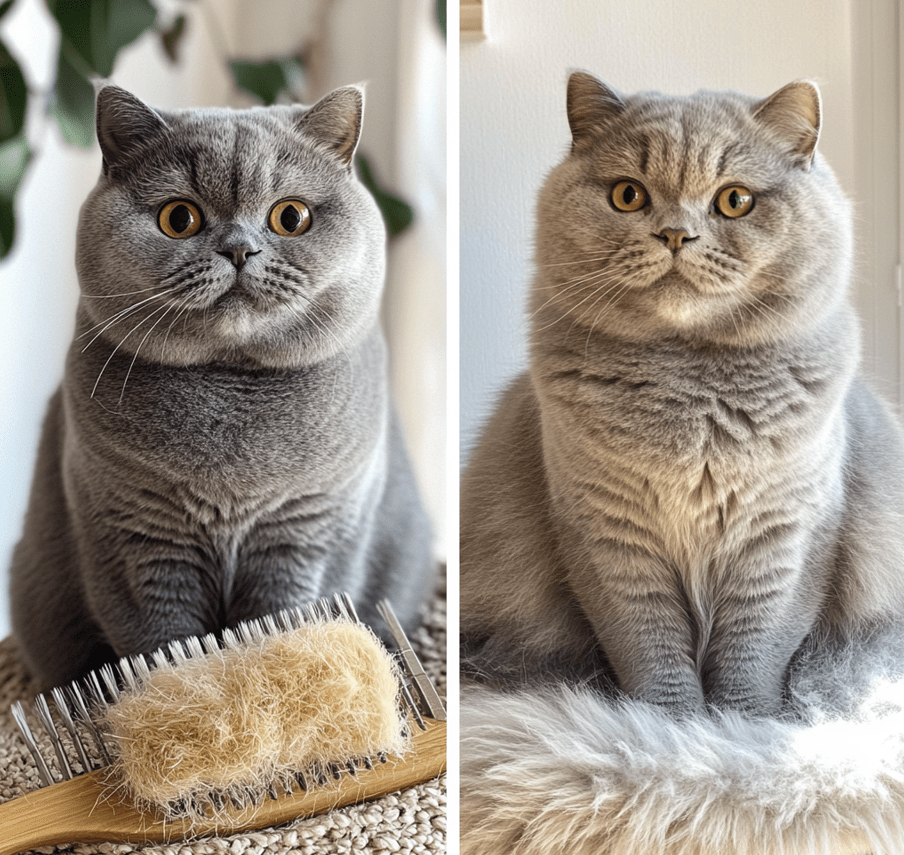
Benefits of Wet Food for British Shorthairs
High Moisture Content
Wet food is an excellent source of hydration, which is vital for British Shorthairs. This breed is susceptible to urinary tract issues, such as feline lower urinary tract disease (FLUTD). The high water content in wet food helps dilute urine, reducing the risk of crystal formation and supporting kidney health.
Palatability
Many British Shorthairs find wet food more appealing due to its strong aroma and soft texture. This can be especially helpful for picky eaters or cats recovering from illness.
Weight Management
Wet food is often lower in calories per volume compared to dry food, making it easier to control portions and prevent obesity—a common concern for British Shorthairs. The high protein content also promotes satiety, keeping your cat fuller for longer.
Digestive Health
The soft consistency of wet food is gentle on the digestive system, making it ideal for British Shorthairs with sensitive stomachs or dental issues.
Variety of Flavors
Wet food comes in a wide range of flavors and textures, allowing you to cater to your cat’s preferences while ensuring a balanced diet.
Drawbacks of Wet Food
Cost
Wet food is generally more expensive than dry food, which can add up for owners of multiple cats or those on a budget.
Storage and Shelf Life
Once opened, wet food must be refrigerated and used within a few days. Unopened cans or pouches have a long shelf life but require proper storage.
Dental Health Concerns
Wet food doesn’t provide the abrasive action of dry kibble, which some believe helps reduce plaque buildup. However, regular dental care (e.g., brushing or dental treats) can mitigate this issue.
Mess and Odor
Wet food can be messy to serve and may have a stronger odor, which some owners find off-putting.
What Is Dry Food?
Dry food, or kibble, is dehydrated cat food with a low moisture content (typically 6-10%). It’s formulated to provide complete nutrition and is available in various formulas tailored to specific life stages or health needs.
Benefits of Dry Food for British Shorthairs
Convenience
Dry food is easy to store, has a long shelf life, and doesn’t require refrigeration. It’s ideal for free-feeding or busy pet owners who can’t feed multiple meals daily.
Cost-Effective
Dry food is generally more affordable than wet food, making it a budget-friendly option for many households.
Dental Health
The crunchy texture of kibble can help reduce plaque and tartar buildup, though it’s not a substitute for proper dental care. Some dry foods are specifically formulated to promote oral health.
Portion Control
Dry food’s compact nature makes it easy to measure portions, which is helpful for managing a British Shorthair’s weight.
Nutrient Density
Dry food is calorie-dense, meaning smaller portions provide the same nutritional value as larger servings of wet food.
Drawbacks of Dry Food
Low Moisture Content
The low water content in dry food can contribute to dehydration, especially if your British Shorthair doesn’t drink enough water. This increases the risk of urinary tract issues and kidney problems.
Higher Carbohydrate Content
Many dry foods contain more carbohydrates than wet foods, which can lead to weight gain in British Shorthairs if not carefully monitored.
Less Palatable for Some Cats
Some British Shorthairs may find dry food less appealing, especially if they’re accustomed to the aroma and texture of wet food.
Risk of Overeating
Free-feeding dry food can lead to overeating, as British Shorthairs may graze throughout the day, contributing to obesity.
Comparing Wet vs. Dry Food for British Shorthairs
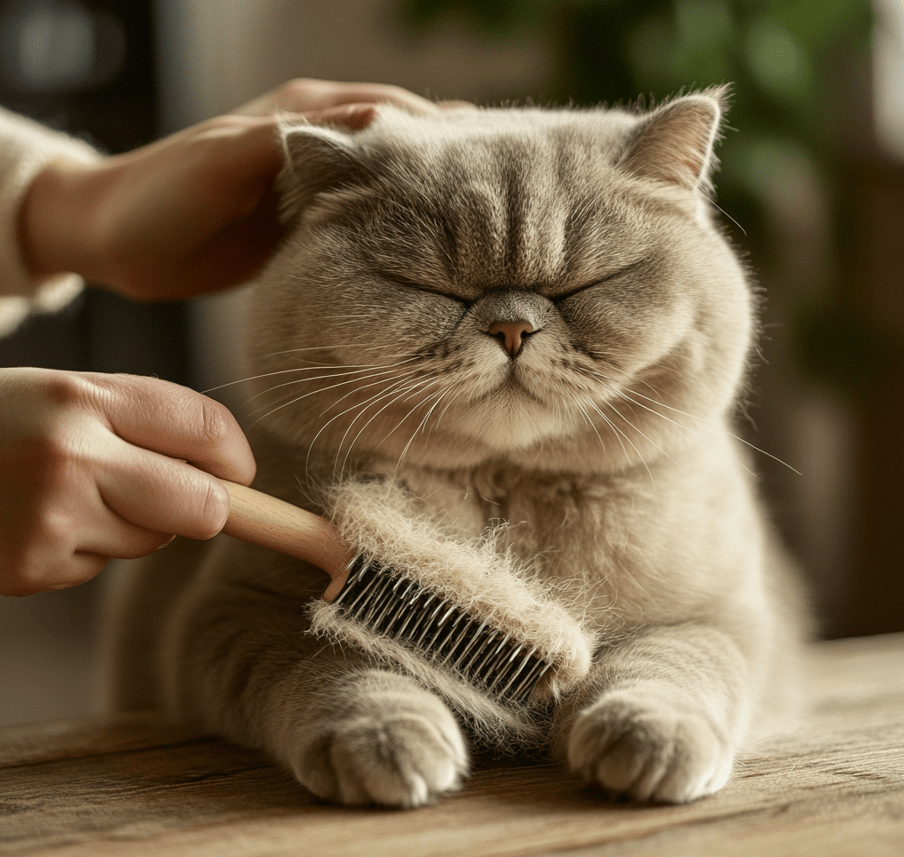
To determine which option is better for your British Shorthair, consider the following factors:
1. Hydration
Wet Food: Superior for hydration due to its high moisture content. Ideal for cats prone to urinary issues or those who don’t drink much water.
Dry Food: Requires cats to drink more water to stay hydrated, which can be challenging if your British Shorthair isn’t a frequent drinker.
Winner: Wet food, especially for urinary and kidney health.
2. Weight Management
Wet Food: Lower calorie density and higher protein content help control weight and promote satiety.
Dry Food: Higher carbohydrate content and calorie density can contribute to weight gain if portions aren’t carefully controlled.
Winner: Wet food, but dry food can work with strict portion control.
3. Dental Health
Wet Food: Doesn’t provide abrasive action, so additional dental care is necessary.
Dry Food: May help reduce plaque, but the effect is minimal compared to brushing or dental treats.
Winner: Dry food, but only slightly—regular dental care is essential regardless.
4. Cost and Convenience
Wet Food: More expensive and less convenient due to storage and spoilage concerns.
Dry Food: Budget-friendly and easy to store, making it ideal for busy owners.
Winner: Dry food for cost and convenience.
5. Palatability
Wet Food: Generally more appealing to picky eaters or cats with dental issues.
Dry Food: May be less enticing for some British Shorthairs.
Winner: Wet food for most cats.
Combining Wet and Dry Food: The Best of Both Worlds?
Many veterinarians and pet nutritionists recommend a mixed feeding approach for British Shorthairs. Combining wet and dry food allows you to leverage the benefits of both while mitigating their drawbacks. Here’s how to do it effectively:
Morning and Evening Wet Food: Serve wet food twice daily to provide hydration, protein, and palatability. This also mimics a cat’s natural feeding pattern of multiple small meals.
Dry Food for Snacking: Offer a measured amount of dry food during the day for convenience and dental benefits. Avoid free-feeding to prevent overeating.
Portion Control: Use feeding guidelines on food packaging and adjust based on your cat’s weight, activity level, and health needs. Consult your veterinarian for personalized recommendations.
Variety: Rotate flavors and brands to keep your British Shorthair engaged and ensure a broad nutrient profile.
A mixed diet can provide hydration from wet food, dental benefits from dry food, and a balanced approach to cost and convenience.
Special Considerations for British Shorthairs
When choosing between wet and dry food, keep these breed-specific factors in mind:
Obesity Risk: British Shorthairs are prone to weight gain, so prioritize low-calorie, high-protein foods. Wet food or a controlled mixed diet is often best.
Urinary Health: Their susceptibility to FLUTD makes hydration critical. Wet food or a water fountain can encourage adequate fluid intake.
Dental Issues: Older British Shorthairs may develop dental problems, making wet food easier to eat. If feeding dry food, choose dental-specific formulas.
Picky Eaters: Some British Shorthairs are finicky, so wet food’s variety and aroma may be more appealing.
How to Choose the Right Food for Your British Shorthair
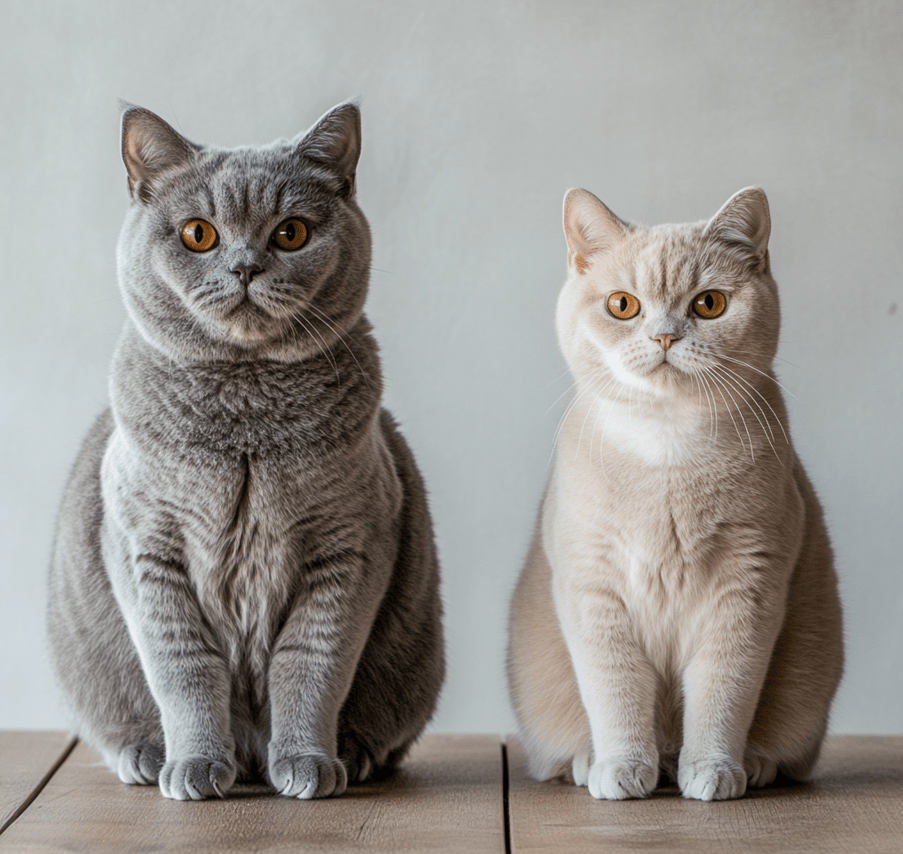
Selecting the best food involves more than just deciding between wet and dry. Follow these tips to ensure your British Shorthair’s diet is optimal:
Check Ingredients
Look for high-quality protein sources (e.g., chicken, turkey, or fish) as the first ingredient. Avoid foods with fillers like corn, wheat, or soy, which can contribute to weight gain.
Consider Life Stage
Kittens, adults, and seniors have different nutritional needs. Choose food formulated for your cat’s age and activity level.
Consult Your Veterinarian
Your vet can recommend foods based on your British Shorthair’s health, weight, and any medical conditions.
Monitor Your Cat’s Response
Observe your cat’s coat, energy levels, and stool quality after switching foods. Adjust as needed to find the best fit.
Transition Gradually
When switching between wet and dry food or introducing a new brand, transition over 7-10 days to avoid digestive upset.
Common Myths About Wet vs. Dry Food
Myth 1: Dry Food Is Bad for Cats
While dry food has lower moisture content, high-quality kibble can be part of a balanced diet if paired with adequate water intake. The key is choosing a formula with high protein and low carbs.
Myth 2: Wet Food Causes Dental Problems
Wet food doesn’t inherently cause dental issues. Plaque buildup is primarily addressed through brushing, dental treats, or veterinary cleanings, not diet alone.
Myth 3: Cats Can Thrive on Dry Food Alone
While some cats do well on dry food, the low moisture content can strain the kidneys and urinary system over time, especially in breeds like British Shorthairs.
Conclusion
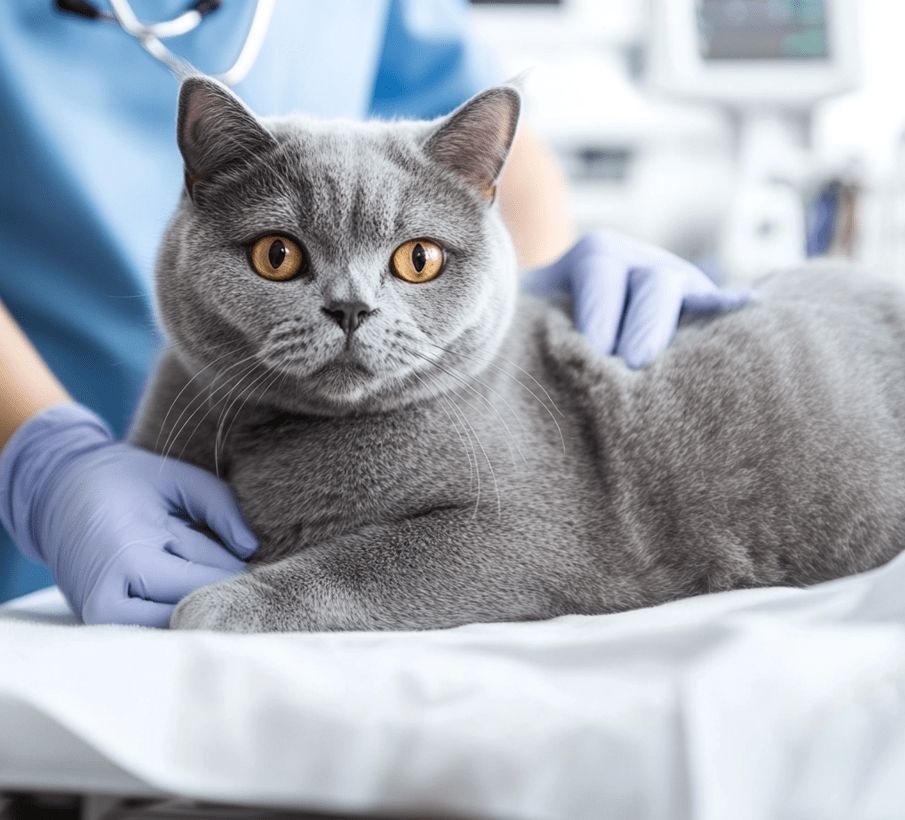
When deciding between wet vs. dry food for British Shorthairs, there’s no one-size-fits-all answer. Wet food excels in hydration, weight management, and palatability, making it ideal for urinary health and picky eaters. Dry food offers convenience, cost savings, and potential dental benefits but requires careful monitoring to prevent obesity and dehydration. A mixed feeding approach often provides the best balance, catering to your British Shorthair’s unique needs while fitting your lifestyle.
By prioritizing high-quality ingredients, proper portion control, and regular veterinary checkups, you can ensure your British Shorthair enjoys a healthy, happy life. Whether you choose wet, dry, or a combination, the key is to tailor your cat’s diet to their specific health requirements and preferences.

